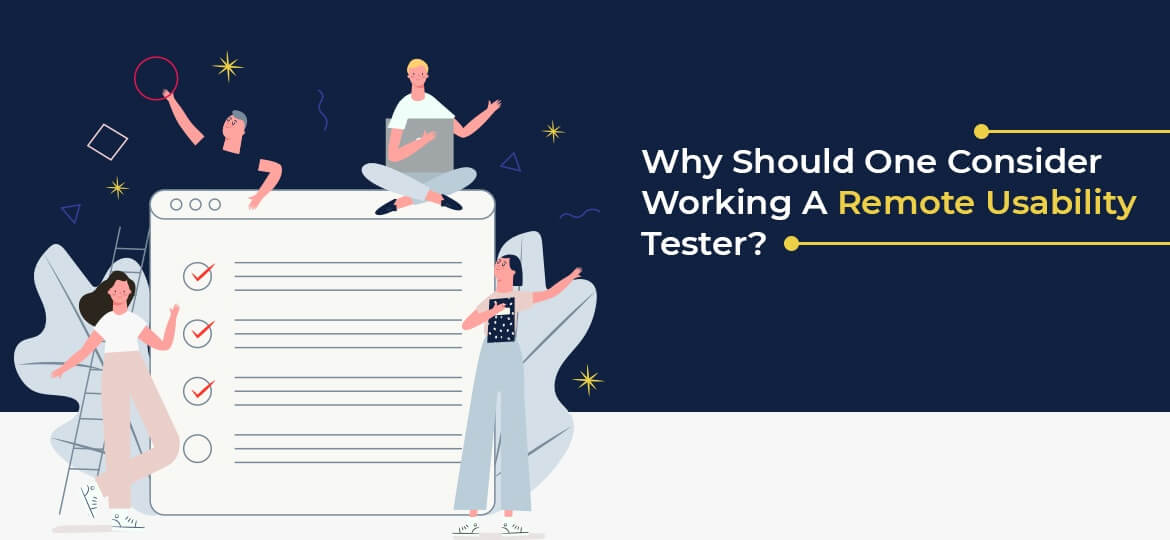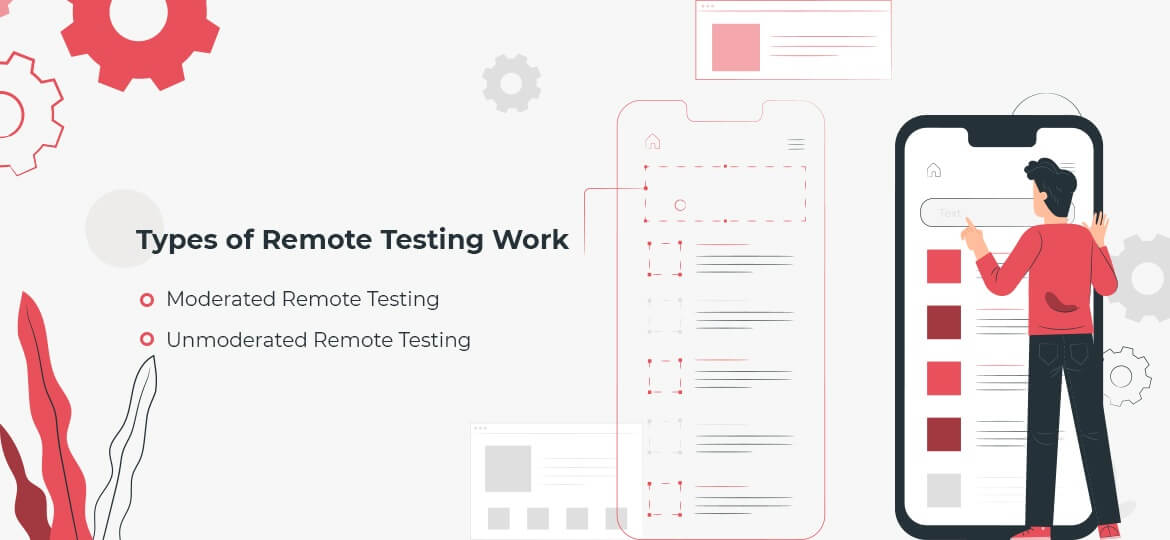
In this digital era, there is hardly any job that has not gone remotely. You can Hire Quality Assurance Developer and lead your day-to-day work from the convenience of your home. There has never been a time where the majority of the population is online. That being said, it is the best time than ever to make the switch and prepare for the unforeseeable future.
It is also the time where the industry has started to see a huge decline within the domain of testing. Whether due to the lack of testing or just for some budgeting constraints. Hiring new individuals for texting has also reduced, and this leads to the rise of remote testing. It is remote, fast, convenient, and above all, optimized for better efficiency.
What Exactly is Remote Testing?
Whether you want to launch a new product on the market or start a new product line, you can always hire QA analysts? With remote testing, one can conduct thorough testing at the convenience of their homes. This is mainly done by deploying screen-sharing software or working with a remote vendor service. Remote testers generally have years of experience, which in turn makes the testing seamless. This testing generally lasts for more than 15-40 minutes, where the tester is given 3-5 tasks.
Types of Remote Testing Work

Remote usability testing is broadly divided into two types. Moderated and unmoderated. While both of them come with their own sets of pros and cons, in this section, we will be discussing the same.
1) Moderated Remote Testing
Moderated remote testing, as the name suggests, is done under the supervision of a facilitator. While the majority of the tasks remain the same, the only difference you can see is communication. With both the parties being online simultaneously, the session goes back and forth. The moderator can even ask additional questions to the user to complete the task. Although one of the biggest drawbacks include, being interrupted by the facilitator. This is where remote testing can become hard at times.
2) Unmoderated Remote Testing
Unmoderated remote testing leaves the user with a complete along with their tasks. That being said, there is no real-time conversation between the two parties. And the user can test according to their convenience. The majority of the remote testing works are actually unmoderated. Only after the completion of the task they user might require to provide a brief report to the facilitator.
Benefits of Getting a Remote Tester
Before you start working with remote testers, here is a list of some of the benefits that you can reap:
- Time-Saving: One of the biggest advantages of getting a remote tester is saving your precious time. With testers from all around the world, you can access them 24/7 around the clock. Apart from these conveniences, you don’t have to wait around for the test results. According to the number of participants, you can actually receive the results within the same day.
- Cost-effective: From a business standpoint, it is always better to work with freelances rather than hiring someone with the same skillsets. The same goes for testing too. For everything business, a huge chunk of the money goes into testing. By availing remote testers, you can actually bring down the cost to a certain extend. In this way, you can always keep track of the scalability.
- No More Recruitments: As we have said earlier, you can’t have to bother yourself with all the hiring procedures. Even when you are thinking about opening a new branch abroad, you can make use of remote testers. You can always partner with a remote testing company and gain access to multiple testers at the same time.
- Demographics Advantage: With remote testers working around the world, you can identify critical bugs. This wouldn’t be possible otherwise. With the help of testers, you can actually overcome local challenges and build a strong business. You can also get clear insights about your product and ensure its utmost success.
Developing a Remote Test
When it comes to developing a remote user testing, one needs to consider the following points:
- Make sure to keep your remote test short and crisp. The time limit shouldn’t exceed more than 30 minutes.
- Try to develop a straightforward task which the user will understand right away. There are several
- instances where the users have a hard time understanding it in the first place.
- While using a screen, make sure to mention the minimum system requirements.
- Gather the right contact information about the participants so that you can contact them for follow-up.
- Prepare introductory test materials for the users so that you can have a clear understanding of the job.
- Don’t forget to create consent forms for the test.
- While paying your participants, make sure to prepare compensations and receipts.
Apart from these general rules, remote testing varies from one technology to another. Make sure to include these points where necessary:
- Mention whether your test is accessible outside the firewall.
- Make sure to convey your participants the technical issues they might run into.
- Whether your participants can download the screen sharing software.
Wrapping Up
Remote testing enables you to gain true user experience across the whole world. Testing being an integral part of the company, you can actually save a lot of money, time, and resources in the process. So, while drawing a conclusion, it is truly worth switching.
Why Should One Consider Working A Remote Usability Tester?







 Indonesia
Indonesia
 Botswana
Botswana
 USA
USA
 Italy
Italy
 Panama
Panama




 USA
USA UK
UK Saudi Arabia
Saudi Arabia Norway
Norway India
India Australia
Australia